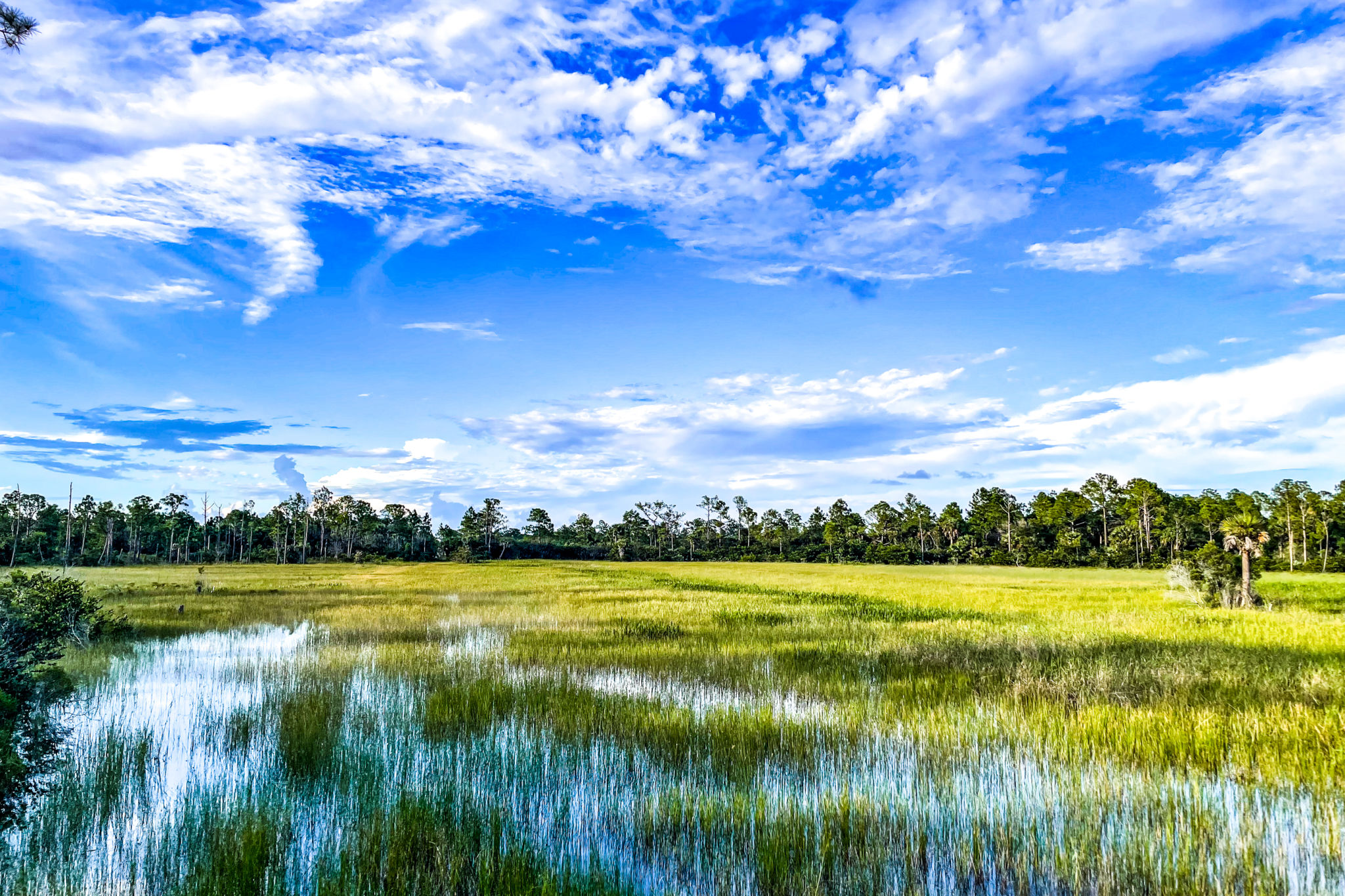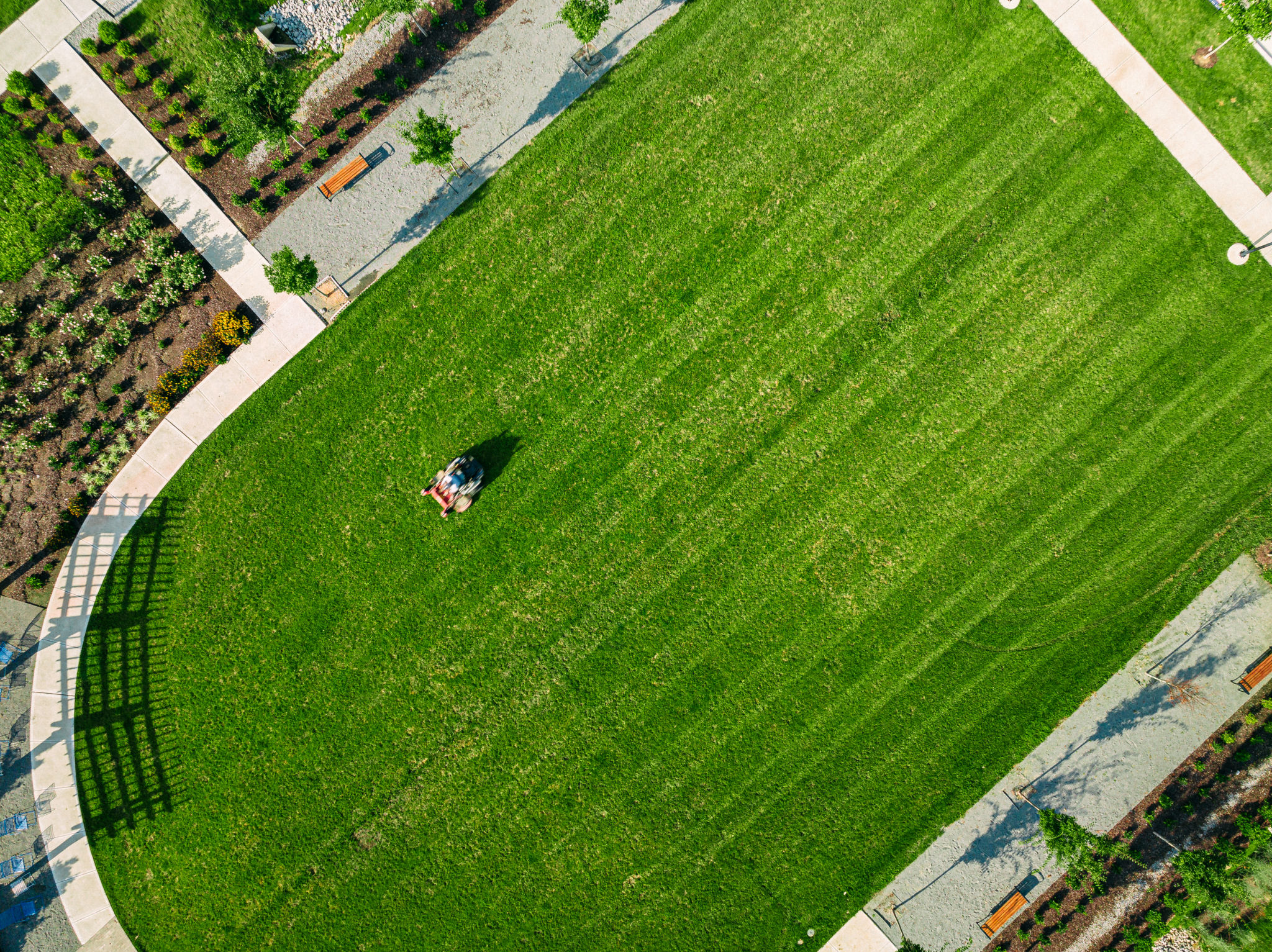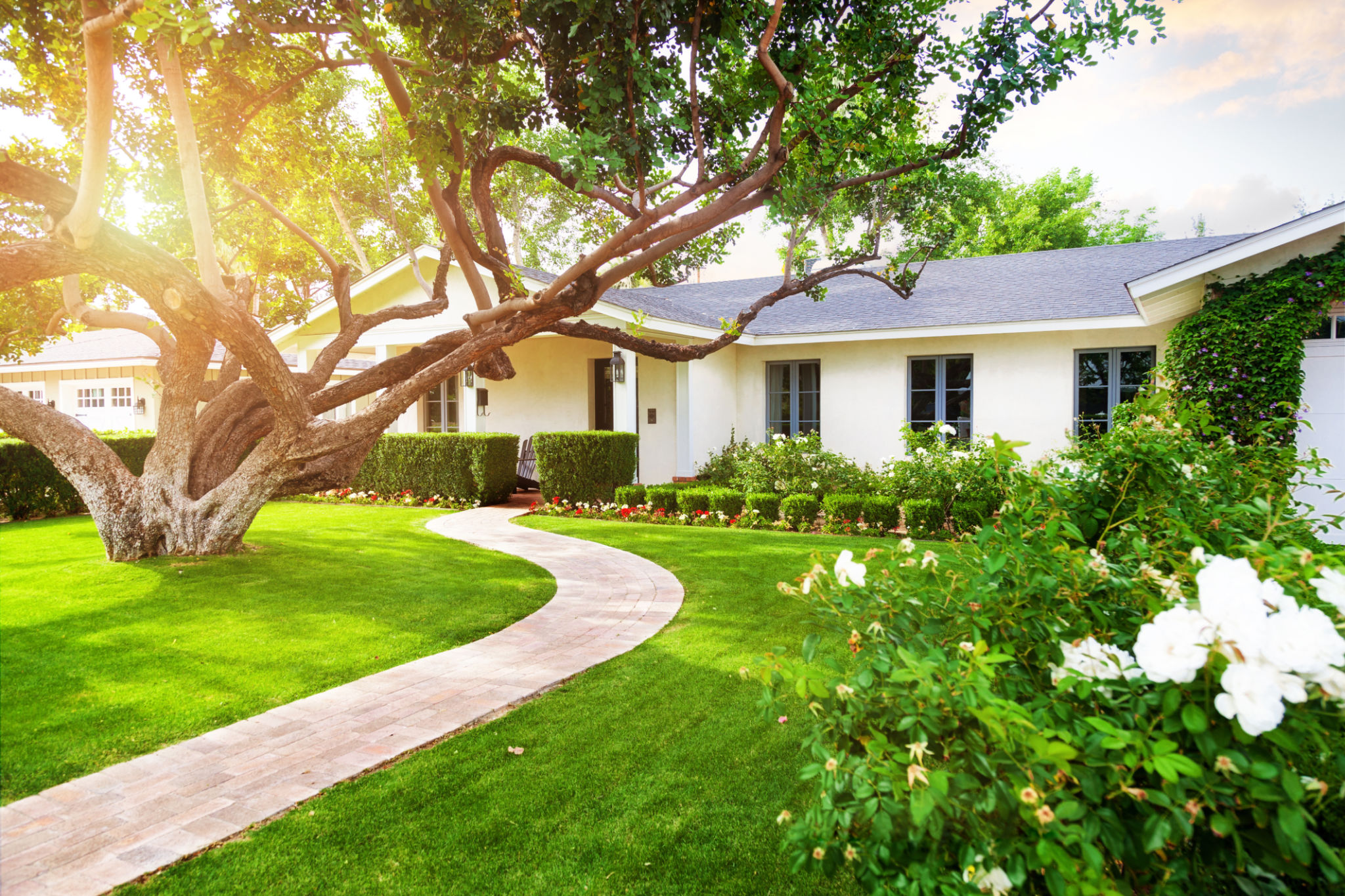Understanding Lawn Care Needs in Different US Regions
Introduction to Regional Lawn Care
Lawn care is an essential part of home maintenance that varies significantly across different regions of the United States. Understanding the specific needs of your lawn based on your geographical area can help maintain its health and beauty throughout the year. This blog post explores the unique lawn care requirements for various US regions, offering insights into the best practices for each area.

Northeast Region
Climate and Soil Considerations
The Northeast region experiences a mix of cold winters and warm, humid summers. This climate requires homeowners to focus on cool-season grasses like Kentucky bluegrass and fescue, which thrive in these conditions. The soil in this area is often acidic, so regular soil testing and lime applications are crucial for maintaining a healthy lawn.
Seasonal Lawn Care Tips
In the spring, it's essential to aerate and overseed your lawn to promote healthy growth. During summer, maintaining a regular watering schedule is important, especially during dry spells. As fall approaches, it's time to fertilize your lawn to prepare it for the winter months.

Southeast Region
Warm-Season Grasses
The Southeast region is characterized by its hot, humid summers and mild winters, making it ideal for warm-season grasses such as Bermuda, zoysia, and centipede grass. These types of grass are drought-tolerant and can thrive in the intense summer heat.
Fertilization and Pest Control
Fertilization in the Southeast should be done primarily in the spring and summer months when warm-season grasses are actively growing. Additionally, this region is prone to pests like chinch bugs and grubs, so regular monitoring and appropriate pest control measures are necessary.

Midwest Region
Dealing with Diverse Weather Patterns
The Midwest experiences a wide range of weather conditions, from harsh winters to hot summers. This variability requires a versatile approach to lawn care. Cool-season grasses such as ryegrass and fescue are ideally suited for this region due to their adaptability to fluctuating temperatures.
Establishing a Maintenance Routine
Regular mowing, aeration, and fertilization are critical for maintaining a lush Midwest lawn. It's important to mow at the correct height to prevent stress on the grass, particularly during the summer months when heat can be intense.

Southwest Region
Drought-Resistant Options
The Southwest region is known for its arid climate, making water conservation a key concern. Opting for drought-resistant grass varieties like Bermuda or buffalo grass can significantly reduce water usage while ensuring a healthy lawn.
Irrigation Strategies
Implementing efficient irrigation systems is vital in this region. Drip irrigation or smart sprinkler systems are recommended to minimize water waste and ensure deep root growth. Mulching can also help retain moisture in the soil.

West Coast Region
Mild Climate Benefits
The West Coast enjoys a relatively mild climate, allowing for diverse grass options. Both cool-season grasses like fescue and warm-season grasses such as Bermuda can flourish here, depending on specific local conditions.
Sustainability Practices
Sustainable lawn care is gaining popularity on the West Coast with an emphasis on organic fertilizers and integrated pest management. Reducing chemical use not only benefits the environment but also contributes to healthier lawn ecosystems.
